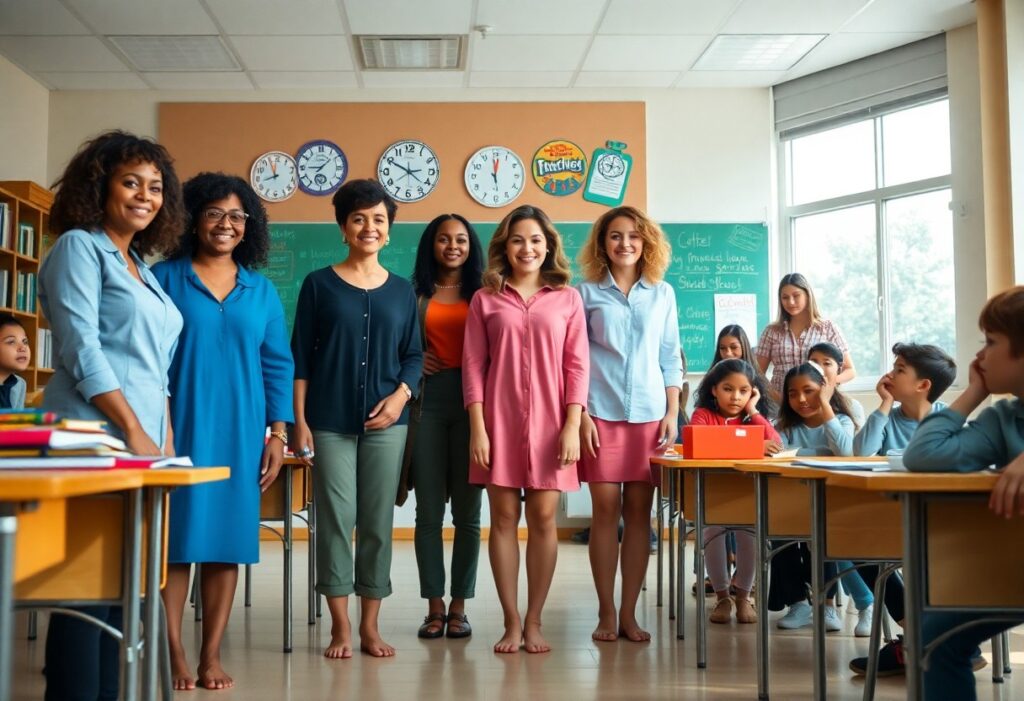
As a teacher, you spend most of your day on your feet, which can lead to tired and achy feet. You understand the importance of choosing comfortable shoes, but the shoes you think offer the most comfort may actually be one of the causes of discomfort. By switching to barefoot shoes, you can experience better mobility, balance, and agility, and even strengthen your feet over time, allowing them to become their own support system.
The Demands of Teaching on the Feet
A typical teacher’s day is filled with standing, walking, and moving around, which can put a significant strain on their feet, leading to foot pain and fatigue. As you spend most of your day on your feet, it’s necessary to consider the impact of your daily activities on your foot health.
The daily activities of teachers and their impact on foot health
Between the hours of standing, walking, and moving around, your feet can become overworked and stressed, leading to discomfort and pain. As a teacher, you understand the importance of being on your feet all day, but you may not realize the long-term effects of wearing shoes that don’t provide the right support.
The importance of choosing comfortable shoes for teachers
For teachers, choosing the right shoes is vital to preventing foot problems and maintaining overall comfort. You need shoes that can keep up with your active lifestyle and provide the necessary support and comfort for your feet.
But what makes a shoe comfortable for teachers? It’s not just about cushioning and support, but also about allowing your feet to move naturally and breathe. As you consider your options, look for shoes that are breathable, lightweight, and flexible, with a wider toe box to allow your toes to spread freely. By choosing the right shoes, you can reduce the risk of foot pain and injury, and stay comfortable and focused throughout the day.
What Makes a Shoe Comfortable for Teachers?
Clearly, as a teacher, you spend most of your day on your feet, and your shoes can either make or break your day. You need shoes that will keep your feet comfortable and supported throughout the day, allowing you to focus on your students and lesson plans.
Features that offer long-term comfort for teachers’ feet
AFTER considering the demands of a teacher’s job, it’s clear that shoes with features such as breathability, lightweight materials, and flexibility are necessary for long-term comfort. You need shoes that will keep your feet dry and cool, even after hours of standing and moving around.
The benefits of breathable, lightweight, and flexible shoes
CLOSE to your heart, as a teacher, is the desire to provide the best possible education for your students, and that starts with taking care of your own comfort. You want shoes that will allow you to move freely and naturally, without any restrictions or discomfort, and breathable, lightweight, and flexible shoes can provide just that.
TO achieve the best results, you should look for shoes that are not only breathable but also lightweight and flexible. This will allow you to move around the classroom and hallways with ease, without feeling weighed down or restricted. Proper ventilation is also necessary, as it will help keep your feet dry and cool, preventing blisters and other foot issues. By choosing shoes with these features, you can ensure that your feet stay comfortable and supported throughout the day, allowing you to focus on what really matters – providing a great education for your students. With breathable, lightweight, and flexible shoes, you can say goodbye to tired, achy feet and hello to a more comfortable and productive teaching experience.
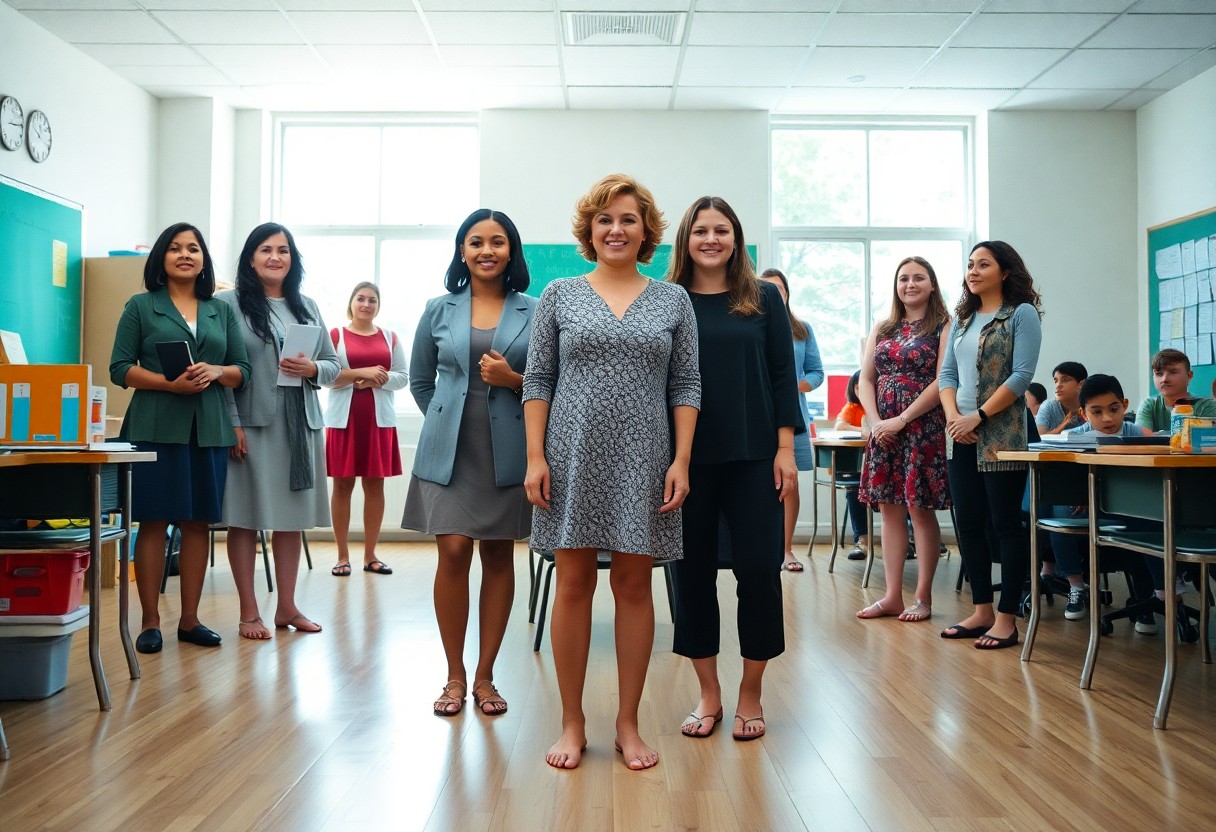
Comparing Normal Shoes with Barefoot Shoes
If you’re considering switching to barefoot shoes, it’s imperative to compare them with normal shoes. The following table highlights the key differences:
| Normal Shoes | Barefoot Shoes |
|---|---|
| Narrow toe box | Wider, foot-shaped toe box |
| Raised heel | Non-elevated heel |
| Thick soles and excessive padding | Thin soles and minimal padding |
The issues with conventional shoes and their effects on foot health
Around the fact that conventional shoes can cause foot problems due to their narrow toe box and raised heel, which can lead to discomfort and balance issues. You may experience fatigue and pain in your feet, ankles, and back.
The advantages of barefoot shoes for teachers
By switching to barefoot shoes, you can enjoy improved mobility and balance, as well as reduced foot fatigue. Barefoot shoes allow your feet to move naturally, which can help strengthen your feet and improve your posture.
Normal shoes can be harmful to your foot health, but barefoot shoes can be beneficial. You’ll be able to move more naturally and comfortably in barefoot shoes, which can improve your overall well-being. As a teacher, you’ll appreciate the comfort and support that barefoot shoes provide, allowing you to focus on your students and lesson plans rather than your foot pain.

The Benefits of Barefoot Shoes for Teachers
Unlike traditional shoes, barefoot shoes offer several advantages for teachers, including improved mobility, balance, and agility, as well as strengthening of the feet over time, which can lead to better overall foot health and reduced discomfort.
Improved mobility, balance, and agility
Around the classroom, you will find that barefoot shoes allow for a full range of motion, enabling you to move more naturally and comfortably, which can help prevent accidents and injuries.
Strengthening of the feet over time
To achieve stronger feet, you need to allow them to work naturally, and barefoot shoes enable this by not providing external arch support, which can lead to weaker feet over time if relied upon too heavily.
Benefits of strengthening your feet over time include improved posture, reduced risk of ankle, knee, hip, and back problems, and enhanced overall mobility, making it easier for you to perform your daily tasks as a teacher, such as standing for long periods, walking, and moving around the classroom.
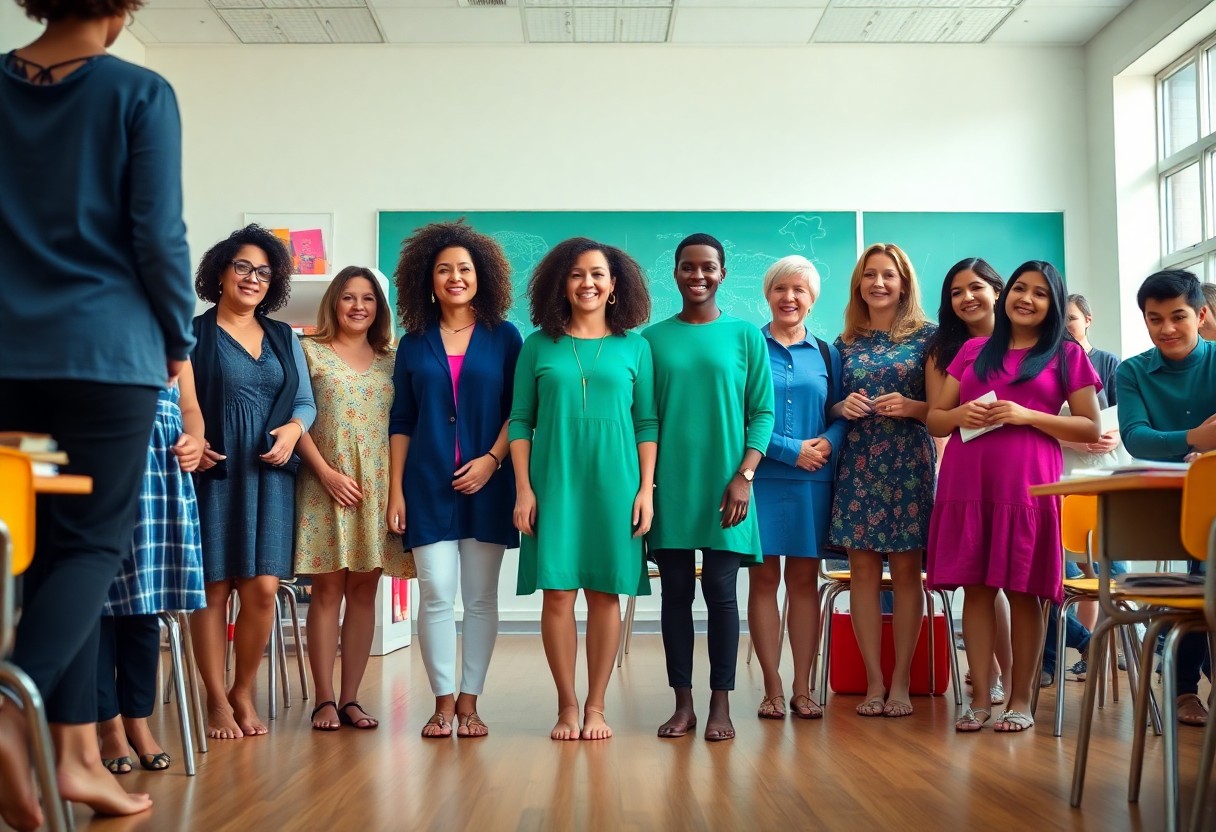
Real-Life Experiences with Barefoot Shoes
Your experience with barefoot shoes can be shaped by the comfort and support they provide, allowing you to move naturally and maintain good posture.
Testimonials from teachers who have switched to barefoot shoes
On the basis of positive reviews from teachers, barefoot shoes have been shown to improve balance, mobility, and agility.
The comfort and support provided by barefoot shoes
Before making the switch, you may have experienced foot pain and discomfort due to traditional shoes.
Indeed, barefoot shoes offer a wider toe box and non-elevated heel, which can help improve your posture and reduce strain on your ankles, knees, hips, and back. By building strength in your feet, you can enjoy long-term comfort and support. You will be able to move naturally and maintain good posture, which is necessary for teachers who spend most of their day on their feet.
Finding the Right Barefoot Shoes
For teachers, finding the right barefoot shoes is necessary to ensure comfort and support throughout the day. You need shoes that allow you to move efficiently, are breathable, lightweight, and flexible, and provide adequate toe space.
Dress shoes for formal dress codes
Dressed in your best attire, you want your shoes to match your professional style. Look for dress shoes like Phoenix leather or Mika that meet your school’s formal dress code while providing the comfort and benefits of barefoot shoes.
Casual shoes for everyday wear
Behind the scenes, you can wear casual shoes that are just as comfortable. The Dillon, The Glenn, and Kelso are great options to pair with nice jeans or slacks, offering a relaxed yet stylish look.
But what makes these casual shoes stand out is their ability to provide excellent arch support and trampoline-like soles that make you feel like you’re walking on clouds. With barefoot shoes, you can say goodbye to foot pain and discomfort, and hello to happy feet that will keep you going all day long. As a teacher, you’ll appreciate the breathability and lightweight design of these shoes, making them perfect for long days on your feet.
Summing up
Now, you can see that barefoot shoes are the best choice for teachers, offering numerous benefits such as improved mobility, balance, and agility. You can experience better foot health and reduced discomfort by switching to barefoot shoes, which allow your feet to move naturally and strengthen over time. With a wide selection of minimalist dress and casual shoes available, you can find the perfect pair to fit your school’s dress code and keep your feet comfortable all day.

FAQ
What are the benefits of barefoot shoes for teachers?
Barefoot shoes offer numerous benefits for teachers, including improved mobility, balance, and agility. They allow for natural movement, strengthen the feet over time, and provide better posture. Additionally, barefoot shoes are lightweight, breathable, and flexible, making them ideal for teachers who spend long hours on their feet.
How do barefoot shoes compare to conventional shoes for teachers?
Barefoot shoes differ significantly from conventional shoes. They have a wider, foot-shaped toe box, a non-elevated heel, and no external arch support. This design allows for natural movement, improves posture, and strengthens the feet. In contrast, conventional shoes often have a narrow toe box, raised heel, and excessive padding, which can lead to discomfort, poor posture, and weakened feet.
What features should teachers look for when choosing barefoot shoes?
Teachers should look for barefoot shoes that are breathable, lightweight, and flexible. They should also have a wide, foot-shaped toe box and a non-elevated heel. Additionally, teachers should consider shoes that are comfortable, durable, and meet their school’s dress code. Some popular options include the Phoenix leather, Mika, Dillon, Glenn, and Kelso styles, which are available for both men and women and can be dressed up or down to fit various school dress codes.
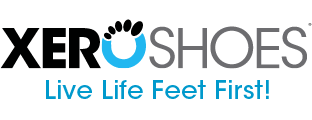
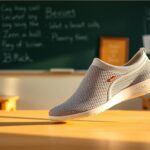
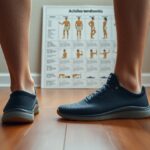
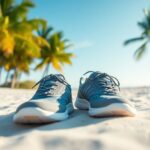




This post really resonates with my experience as a teacher. I’ve always prioritized comfort in my footwear, often opting for what I believed were supportive shoes. However, I’ve recently started exploring barefoot shoes, and the difference is remarkable. I can certainly relate to the impact of long hours on our feet, especially during busy days filled with walking between classrooms and managing activities.
It’s interesting to hear how barefoot shoes have made such a noticeable difference for you. The emphasis on comfort is crucial for teachers, given the reality of being on your feet for extended periods. It’s a balancing act to find footwear that supports us without compromising mobility or comfort, especially during those frenetic school days.
I can definitely relate to the challenges of teaching on your feet all day! I recently switched to barefoot shoes myself, and the difference has been remarkable. It feels like my foot strength has improved and I have much better balance during those long days of standing in front of the class.
It’s interesting to hear how switching to barefoot shoes has made such a positive difference for you. I’ve been curious about them too, especially since I spend a lot of time on my feet at work. The way our feet are designed to function naturally really fascinates me. It’s amazing how many people still don’t realize how conventional footwear can sometimes hinder our natural balance and movement.
You make a great point about how conventional footwear can disrupt our natural movement. Many people don’t realize that the shoes they choose can have a profound impact on their posture and overall body mechanics. I was surprised when I first started looking into the history of footwear; it really puts things into perspective.
As a fellow teacher who’s spent many a day wondering if my feet might actually be a form of torture device, I totally relate to this! I once upgraded to what I thought were “comfortable” shoes only to realize they were about as supportive as a soggy sponge.
I can definitely relate to that struggle. It’s almost a rite of passage for teachers, isn’t it? We spend so much time on our feet, and finding the right shoes can feel like seeking the Holy Grail. I had a similar experience a few years back when I splurged on what I thought were high-end “teacher shoes.” I couldn’t wait to ditch my old ones, thinking I was making the smart choice. But by lunchtime, I felt more like I was walking around in clown shoes.
I really appreciate the focus on foot health in this post, as it’s a topic often overlooked in the conversation surrounding teaching. As someone who has spent many years in education, I can personally attest to the toll that standing and moving around for long hours can take. There were countless days I’d return home with my feet aching, and I often wondered if the shoes I was wearing were doing me any favors.
Your exploration of foot health as it pertains to the daily realities of teaching strikes a chord. The challenges educators face are often overlooked, and the impact of footwear on overall well-being is a topic that deserves more attention. It’s interesting to think about how our modern lifestyles, including the shoes we choose, have evolved but may not necessarily serve our needs well.
I completely agree with your perspective on how educators’ challenges, particularly around foot health, often fly under the radar. It’s fascinating to consider how our modern lifestyles have led us to prioritize style over comfort in footwear. As teachers spend so much of their day on their feet, the choices we make about shoes can really shape our physical well-being.
I completely resonate with the challenges you’ve outlined regarding foot health as a teacher. It’s so true that we often don’t consider the long-term implications of the shoes we wear daily. I used to think that buying the “cushiest” sneakers would do the trick, but I found out the hard way that they just weren’t the best choice for my foot type. After a long day of teaching, I would come home feeling like I’d run a marathon, with tired arches and sore heels.
It’s interesting how many teachers think a plush sneaker can solve all their foot problems. I’ve been there too—chasing after that feeling of ultimate comfort, only to end up with more discomfort. It’s often about finding the right balance between support and cushioning tailored to our unique foot shapes.
It’s a real kicker, isn’t it? You’d think all those layers of squishy foam and fancy cushioning would feel like you’re walking on clouds, but often it turns out to be more like reenacting a scene from “Survivor: Teacher Edition.”
You raise such an important point about foot health for teachers! I often find myself juggling between different types of footwear in an effort to mitigate fatigue throughout the day. It’s interesting how we tend to gravitate toward shoes that have more cushioning, thinking they’ll provide the comfort we need, yet they can sometimes do the opposite.
It’s interesting you mention the balance between different types of footwear. Many teachers find themselves in this conundrum. There’s a belief that more cushioning equals more comfort, yet as you’ve pointed out, it can sometimes do the opposite. Overly cushioned shoes can disrupt our natural gait, which does nothing to ease fatigue in the long run.
Your post really resonates with me and perfectly captures the daily realities many teachers face! As someone who has spent years in the classroom, I’ve often felt the toll that long hours on my feet can take. It’s almost ironic how we prioritize comfort in shoes, yet sometimes, those very choices can lead us to greater discomfort over time.